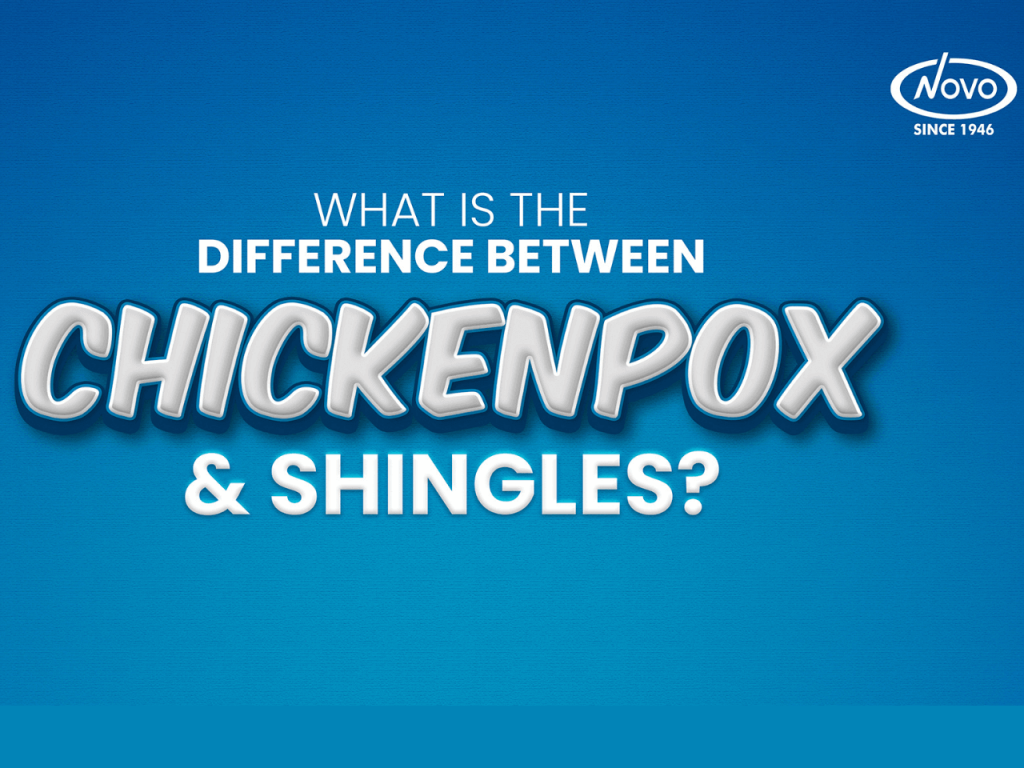Chickenpox and shingles are both caused by the varicella-zoster virus (VZV). Chickenpox is a common childhood illness, while shingles is a less common but more serious condition that can affect adults.
What is Chickenpox?
Chickenpox is a highly contagious viral infection that causes a rash of itchy blisters. It is most common in children under the age of 10. The symptoms of chickenpox usually appear 10 to 14 days after exposure to the virus and include:
- Fever
- Headache
- Fatigue
- Loss of appetite
- Muscle aches
- Rash of itchy blisters
The rash usually starts on the face and torso and then spreads to the rest of the body. The blisters eventually crust over and fall off within 1 to 2 weeks.
What is Shingles?
Shingles is a viral infection that causes a painful rash of blisters. It is caused by the reactivation of the VZV virus, which lies dormant in the body after a person has had chickenpox.
Shingles is most common in adults over the age of 50, people with weakened immune systems, and people who have had certain medical conditions, such as cancer or HIV/AIDS. The symptoms of shingles usually appear on one side of the body and include:
- Pain, burning, or tingling sensation
- Rash of blisters
- Fever
- Headache
- Fatigue
- The rash usually
appears in a band-like pattern and can be very painful. The blisters eventually crust over and fall off within 2 to 4 weeks.
Prevention
The best way to prevent both chickenpox and shingles is to get vaccinated. The varicella vaccine is safe and effective for children and adults.
Conclusion
Chickenpox and shingles are both caused by the same virus, but they are different diseases. Chickenpox is a common childhood illness, while shingles is a less common but more serious condition that can affect adults. The best way to prevent both chickenpox and shingles is to get vaccinated.

